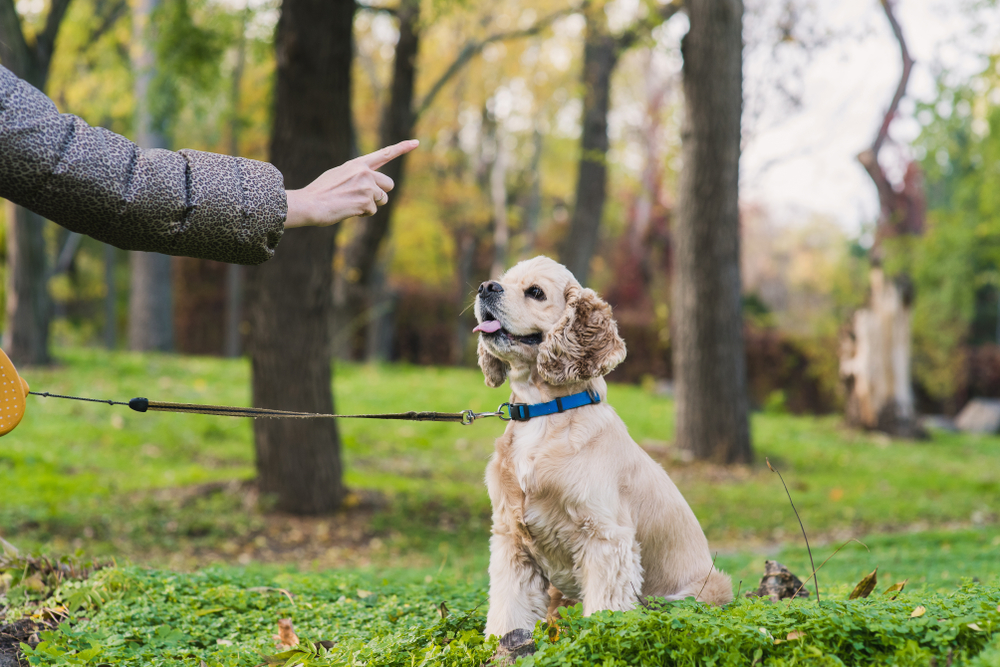Transform Your Canine's Behavior With Proven Training Methods
Transforming your canine's habits calls for a nuanced understanding of their specific traits and needs, as well as the application of tested training methods. Consistency in your training technique not just boosts obedience however additionally promotes a deeper bond of count on and regard between you and your animal.
Comprehending Pet Behavior
Comprehending pet behavior is necessary for effective training and interaction in between human beings and their canine companions. Dogs, as social pets, show a variety of behaviors influenced by genes, atmosphere, and experiences - Dog training. Recognizing these behaviors assists proprietors tailor their training approaches to satisfy the particular requirements of their dogs
Key elements of dog behavior consist of body language, vocalizations, and social communications. A wagging tail frequently indicates enjoyment, while a lowered head might indicate submission or concern. Understanding these signals can aid owners interpret their canine's emotion and respond appropriately. In addition, socializing plays an important function in shaping habits; canines that interact positively with other animals and different people are typically more adaptable and well-adjusted.
Additionally, identifying stress signals-- such as evasion, pacing, or panting actions-- can stop acceleration into more severe issues. Owners who are in harmony with their dog's actions can create a risk-free and caring environment, cultivating trust fund and boosting the training procedure. Inevitably, a deep understanding of canine behavior lays the structure for an unified connection and effective training outcomes, making certain both pets and their proprietors flourish together.
Favorable Reinforcement Techniques
Favorable reinforcement methods are widely acknowledged as one of the most effective approaches for training pet dogs, fostering a favorable understanding setting. This technique involves fulfilling preferred behaviors with deals with, appreciation, or play, thus urging the pet dog to repeat those habits. Unlike vindictive techniques, positive support builds depend on and strengthens the bond in between the dog and the instructor.
To carry out positive reinforcement properly, timing is important. Benefits must be provided right away adhering to the preferred actions to assist the canine make the link. Uniformity is also crucial; using the same commands and benefits helps the dog recognize what is expected. In addition, differing the rewards can keep the pet engaged - Dog training. For example, alternating in between treats, toys, and verbal appreciation can keep passion and motivation.
It is necessary to note that positive reinforcement is not regarding bribery; rather, it is about strengthening great habits. Gradually, as the pet dog finds out to connect certain activities with positive results, the regularity of benefits can be slowly decreased, transitioning to verbal praise or recurring benefits. This technique not only motivates obedience but also advertises a confident and happy dog, making training an extra pleasurable experience for both celebrations included.
Dealing With Typical Problems
Resolving usual concerns during pet dog training is crucial for ensuring a unified and successful relationship between the pet and its owner. Many pet proprietors experience behavioral difficulties, such as excessive barking, leaping, and chain drawing. Comprehending the root causes of these actions is vital for effective training.
Too much barking may stem from boredom, anxiousness, or a lack of socializing. To alleviate this, offer enough workout, mental stimulation, and opportunities for social interaction with both humans and various other dogs. Leaping can usually signify exhilaration or a wish for attention. Training the pet to sit upon welcoming can redirect this habits favorably.
Chain pulling is one more prevalent problem, often resulting from a pet's passion to explore. Making use of proper chain handling methods, incorporated with training methods that urge loose-leash walking, can dramatically improve this behavior.
On top of that, concerns like source safeguarding or separation anxiety need tailored methods. Steady desensitization and counter-conditioning can be reliable in attending to these difficulties. By acknowledging and proactively taking care of these typical problems, dog owners can cultivate an extra anchor delightful training experience and strengthen the bond with their canine companions.
Consistency in Training

To accomplish consistency, it is essential that all members of the home adhere to the exact same training techniques. For instance, using the exact same verbal cues and hand signals ensures that the pet gets consistent messages. Additionally, the timing of benefits and adjustments should be constant; immediate reinforcement raises the probability that the dog will link the behavior with the end result.
Routine method sessions, paired with structured schedules for feeding, walking, and play, aid pet dogs prepare for and understand their environment, making them much more responsive to training. Inevitably, uniformity fosters a sense of safety and count on, encouraging canines to learn more properly.
Structure a Strong Bond
Exactly how can promoting a strong bond in between a dog and its owner enhance the training experience? A solid relationship built on trust and regard acts as the foundation for effective training. When a dog really feels safe and secure in its connection with its owner, it is more probable to display favorable habits and be receptive to learning. This bond encourages the canine to engage fully in training sessions, as it views the owner as a resource of support and support.
Additionally, a strong bond facilitates much better communication. Dogs are experienced at checking out human signs, and a relying on relationship permits clearer signals throughout training. Owners that invest time in structure this bond with play, socializing, and positive support produce an environment where pets feel anxious and inspired to find out.
Furthermore, a reputable connection can decrease anxiousness and behavioral concerns, as dogs are much less most likely to act out when they feel recognized and taken care of. For that reason, focusing on the development of a solid bond not just enhances the training experience however additionally adds informative post to a happier and a lot more well-adjusted dog. Inevitably, the trip of training transforms into a collective collaboration, resulting in lasting behavior renovations.
Verdict

Owners that are attuned to their dog's habits can develop a secure and caring environment, cultivating depend on and boosting the training process. Eventually, a deep understanding of canine behavior lays the foundation for an unified connection and effective training results, ensuring both dogs and their proprietors flourish together.
Resolving common concerns throughout dog training is important for making certain a unified and successful relationship between the dog and its proprietor.Consistency is a cornerstone of reliable canine training, as it establishes a clear structure for the dog to recognize habits and assumptions.In final thought, transforming a pet's behavior via shown training approaches needs an understanding of canine actions, the application of positive support techniques, and an emphasis on consistency.